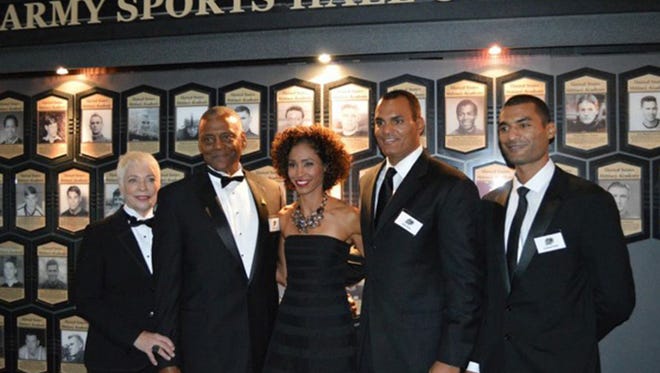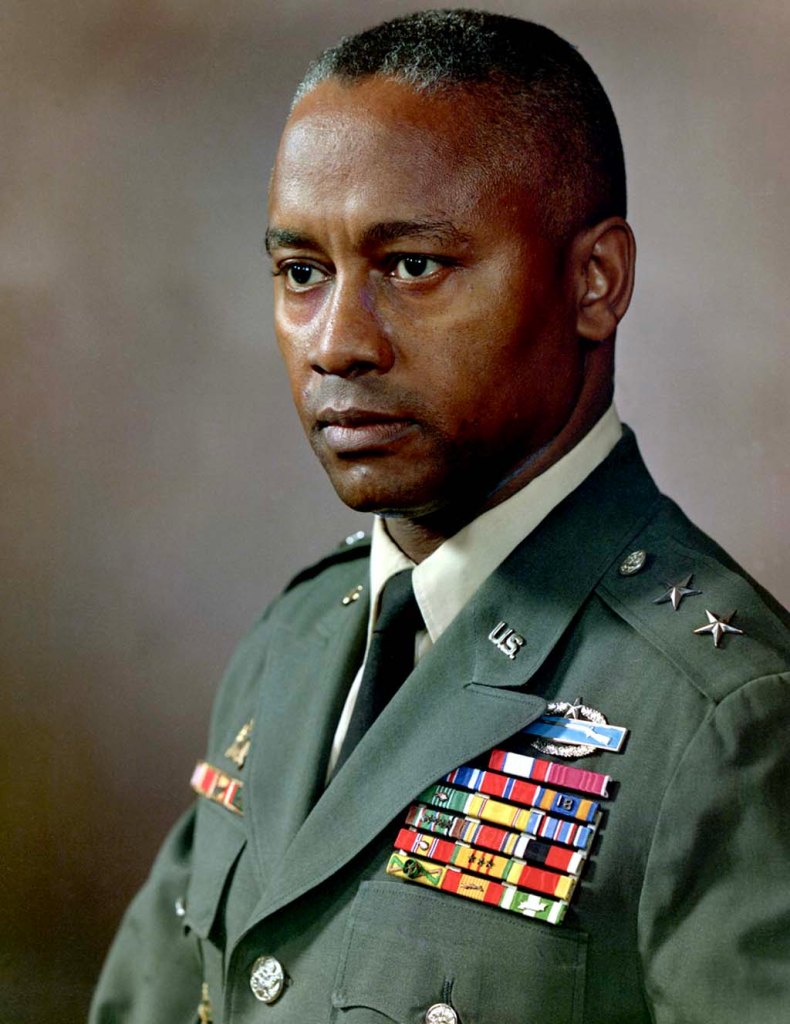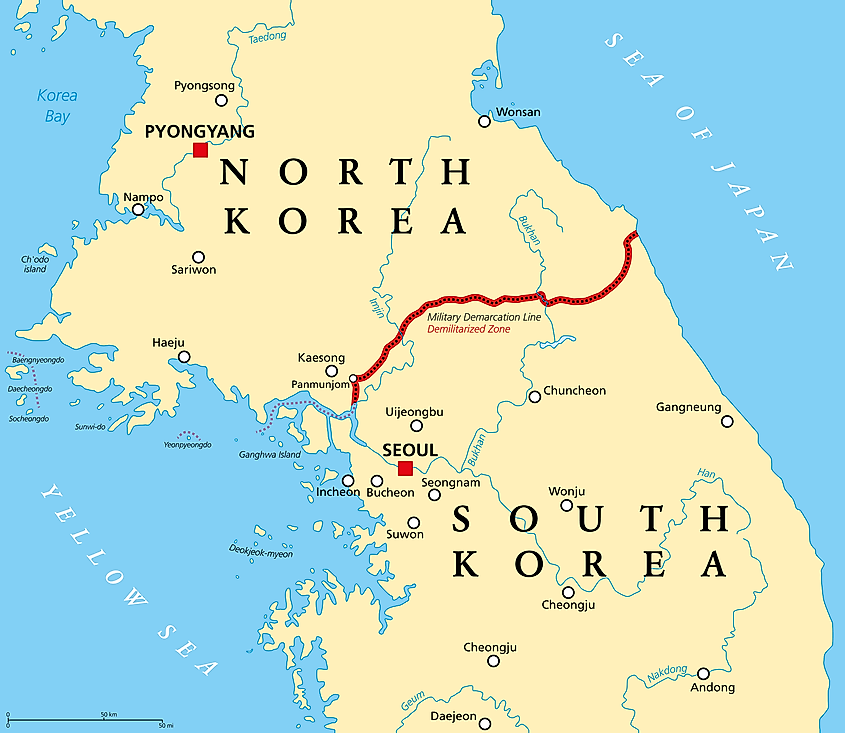(Note: This is the second essay in a series on “Race and Racism in America.” It was published by the Newport Daily News on February 21, 2022.)
While I grew up hearing the normal racial and nationality slurs common among teenagers in middle class America of the 1950s-60s, it was in my first few months at the US Military Academy that I heard unvarnished racism with a southern drawl from the mouth of a classmate. I thought he was kidding, but he was dead serious when he challenged me about my intention to do something with an African American classmate.
Dreaming to lead the Army football team as quarterback over Navy on national TV, I played freshman football next to a small number of African American classmates.
And then senior year came, and there was Gary Steele, a tall, athletic, handsome African American classmate, a star offensive end on the football team. We worked closely together during that year. Strong in body and in dedication to West Point’s values of “Duty, Honor, County,” he and I are still friends today.

Overall we had just a handful of African Americans in our class, certainly not a number representative of our country’s population. Of the 749 of us who graduated in the Class of 1970, I count seven apparent African Americans in my yearbook.
Following graduation in 1970, I reported to Airborne School and Ranger School at Fort Benning, Georgia. There I was taught by many sculpted, dedicated, long-serving, highly professional African American sergeants who instructed me on how to jump from an airplane, make a parachute landing fall, tie a bowline knot, rappel down a cliff, and navigate through a swamp. Most important, they taught me about myself and about leadership in stressful situations.
After all the academic schooling and military training, in March 1971, I reported to my first duty assignment in the 2nd Battalion – 509th Infantry, 1st Brigade, 8th Infantry Division, Lee Barracks, Mainz, West Germany. The US was locked in the Cold War with the Soviet Union; we stood watch in a reserve position on “freedom’s frontier” behind the Inter-German Border.
What a shock it was to meet my first platoon. This was still a conscript Army then; the draft did not end until 1973. The Vietnam War had decimated the Army, called frequently then a “hollow” army. I knew my platoon would not be its official size of 33; however, 14 soldiers? It was more aptly called a reinforced squad, rather than an infantry platoon.
The majority of my platoon was composed of people of color, mostly African Americans and also one Native American.
The culture of the troops was in stark contrast to the culture I experienced at West Point. Most of the troops had been to Vietnam and were just finishing the last few months of their draft enlistments. Some showed minimal and grudging respect for me; others had no qualms about showing their disdain for this young, over-zealous, white, pretty boy who had not tasted real combat. A small number displayed outright contempt and white-hot hatred. My first day I was called “pig” and “cracker” behind my back.
During my assignment, Major General Frederic Davison assumed command of the division, the first African American to command a division. Along with several other young officers, I had the opportunity to meet with him for an informal conference.

And then, when I became a company commander, there was Sergeant First Class Thornton, whom I elevated to First Sergeant of the company. A well-built African American, he brooked no disrespect or nonsense. With his help, the company became more disciplined and professional.
In three and one-half years in that unit, I served with soldiers of color, jumped out of airplanes with them, marched, bivouacked, played lunchtime basketball, and socialized with them. I even had a great game of basketball with the one who called me “cracker.” I learned that sports could transcend the color/race line.
Several years after returning stateside, I had a teaching assignment in the Social Science Department at West Point. And here there were African Americans Fred Black and Bill Lowry. Both were great officers and educators, and colleagues and friends. Fred, as well as Gary Steele, will read this column.
In the early 1980s, after many years in the world of military education, I found myself back in a frontline unit on the DMZ in Korea, serving as a principal staff officer in a brigade of the 2nd Infantry Division.

And here there was short, sturdy, tough-as-nails, African American Sergeant Major Wall. Having been away from the front line army for so many years, I lacked much knowledge and experience for my position. SGM Wall took the time to teach me. Many times he would enter my office, close the door, and offer me counsel and direction. We developed a mutual respect which turned to admiration.
He rotated out of the unit before I did. At his official departure ceremony, after saluting him, I hugged him—totally unheard of and in contrast to normal military protocol.
In my 25-year military career, any negative stereotypes I may have harbored about African Americans were dismantled. I had met, worked with, played with, danced with, and soldiered with great ones, incompetent and unprofessional ones, and all in between.
Fred Zilian (zilianblog.com; Twitter: @FredZilian) is a retired educator and a regular columnist.

I served under company A sgt via was my ply sgt. Good to run across this article hope u r doing well
Gary, Thank you for your comment. All best to you, Fred